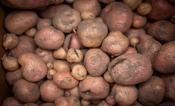
Climate-ready crop: RIPE team shows increase in food mass through photorespiratory bypass in elevated temperatures
A team from the University of Illinois has engineered potato to be more resilient to global warming showing 30% increases in tuber mass under heatwave conditions. This adaptation may provide greater food security for families dependent on potatoes, as these are often the same areas where the changing climate has already affected multiple crop seasons. Their work was recently published in Global Change Biology
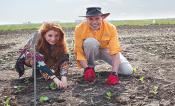
Mesophyll conductance doubles in soybean domestication, providing opportunity to be enhanced through selective breeding
RIPE researchers found that modern soybean plants have increased mesophyll conductance compared to ancestral soybean plants. Their work was recently published in Plant, Cell and Environment.
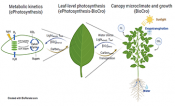
RIPE team models connection between enzyme activity and yields for the first time
A team from the University of Illinois has developed a modeling framework connecting enzyme activity related to photosynthesis to yield. This is the first time a model has tied the dynamic photosynthetic pathways directly to crop growth.
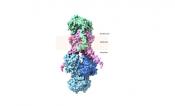
Scientists Engineer CO2-Boosting Protein to Supercharge Plant Photosynthesis
RIPE scientists have introduced a specialized protein complex into the chloroplasts of plants to deliver more carbon dioxide to the enzyme responsible for carbon fixation during photosynthesis. Their work was recently published in the Journal of Experimental Botany.
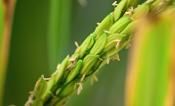
Changes Upstream: RIPE team uses CRISPR/Cas9 to alter photosynthesis for the first time
A RIPE team used CRISPR/Cas9 to increase gene expression in rice by changing its upstream regulatory DNA. Their work is the first unbiased gene-editing approach to increase gene expression and downstream photosynthetic activity and was recently published in Science Advances.
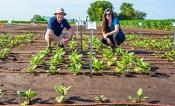
Engineered increase in mesophyll conductance improves photosynthetic efficiency in field trial
It is possible to engineer increased mesophyll conductance in plants according to new RIPE research! Scientists in the Long Lab at the University of Illinois found that by increasing porosity and decreasing the cell wall thickness they could increase CO2 diffusion and uptake in a model crop. Their work was published today in Plant Biotechnology Journal.

Researchers improve seed nitrogen content by reducing plant chlorophyll levels
Chlorophyll plays a pivotal role in photosynthesis, but it uses a lot of a plant's resources. RIPE researchers wondered if they reduced a plant's chlorophyll levels, if the plant would invest those resources in other areas, potentially improving nutritional quality or yield. Their findings were recently published in the Plant, Cell & Environment journal.
